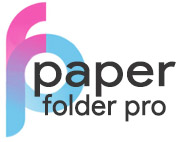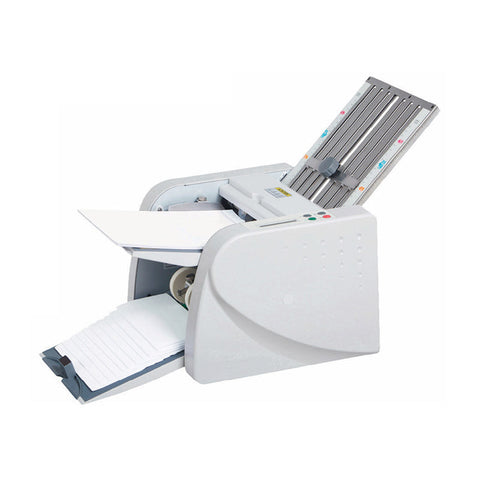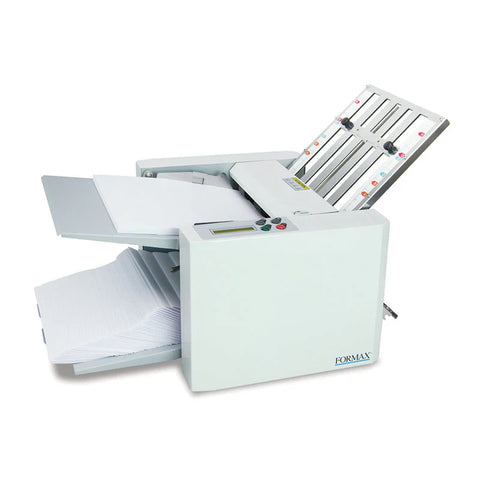The right paper can make or break the success of your printed marketing campaign. Flimsy paper doesn't seem professional, but you don't want to go too thick either. Check out this article on how to choose the best paper for brochures. You'll learn everything you need to know.
When you're creating an online marketing campaign, there's so much you have to consider. You have to think about your target market, your image, your keywords, and a whole host of other things.
Surely, paper marketing has to be easier, right?
Well, maybe in some ways it is, but that doesn't mean there isn't just as much you need to consider when you're trying to put something on paper. How should you fold it? What color ink should you use? How big should your font be? The questions are limitless.
One of the things you should be thinking about is what the best paper for brochures is. If you've never given this a thought, it's time to sit down and do it now.
Why is the Kind of Paper Important?
Whether we realize it or not, just about everything involved in a brochure impacts our decision-making process. It all comes back to how we view the brand the brochure belongs to.
Sure, the information printed on your brochure is important. It has to look stylish and be informative. But people start to form an idea of your company the second the pick it up.
The feel and thickness of your cardstock all come into play here. Too thin and you come off cheap. Too thick and it's clunky and unusable. So, what's just right?
The Weight of the Paper
This is probably the most important part of the selection process.
Think about a postcard. What is it supposed to feel like? Should it bend in your fingers or should it be able to handle its own weight?
Brochures should consider the same qualifiers as well. It needs to be thick enough that people can open it up without worrying it's going to fold over on them, but it shouldn't be so thick it doesn't fold up right.
The Opacity
If you're going to print a lot of information on your brochure, you should choose one that isn't going to allow ink to bleed from one side to the other. This is also called show-through.
In order to increase the likelihood of show-through, you should select 100# coated text weight paper.
Grain Direction
The direction of the grain is also going to impact the feel of your brochure. If the grain direction runs parallel to the longer dimension of your brochure, it will be less flexible.
Coatings
Manufacturers apply the first paper coating at the mill, long before anything is printed on your brochure. These range in style from glossy to matte and anything in between.
Businesses also apply coating after your information is printed on the brochure. They're water-based and they also run from glossy to matte and are applied to limit smudging during the ink drying phase.
The Best Paper for Brochures
You probably never considered what the best paper for brochures was, did you? There are so many paper options out there it might seem a little dizzying. But don't chalk this decision up to something too small to worry about, because the weight and feel of your brochure are going to impact the way people see your brand.
For more information on folding the perfect brochure for your business, explore our blog!





